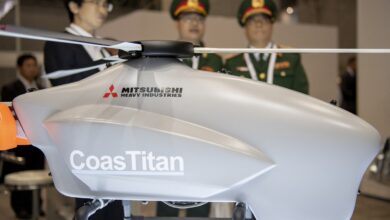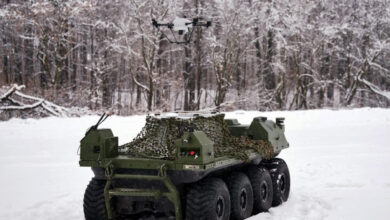Germany has tapped the services of local technology firm Hensoldt to equip its Eurodrone unmanned aerial system with signals intelligence (SIGNIT) capability.
SIGNIT refers to intelligence-gathering by collecting, decrypting, and analyzing the electronic signals and communication systems of a given target.
The deal will allow the German company to develop cutting-edge sensor equipment that can be integrated into the drone’s pod demonstrator.
The sensor tech will be specifically used for reconnaissance of enemy radio and radar signals.
“From our experience with other SIGINT projects and our own technology programs, we are in a position to offer a flexible SIGINT solution for the Eurodrone that can be integrated into a pod but can also be used networked with other platforms,” company official Christoph Ruffner said.
Apart from the sensor equipment, Hensoldt said it is developing a system architecture for smooth integration of SIGNIT into the Eurodrones’ future mission system.
The total value of the contract is 15 million euros ($16.3 million).
The Eurodrone
The Eurodrone is the product of a 7.1-billion-euro ($7.7-billion) collaborative project by France, Germany, Italy, and Spain.
It is reportedly the first drone that can fly in non-segregated airspace.
The drone is also designed to become one of the main pillars of Europe’s future combat air system, guaranteeing improved intelligence, surveillance, and reconnaissance.
It will monitor and collect crucial information like a satellite but at a lower altitude, enabling operators to still fully control the system.
“The involvement of four nations in the project will strengthen European sovereignty by establishing and expanding the continent’s own independent technological base in the field of unmanned aviation,” Italy’s Leonardo stated on its website.












